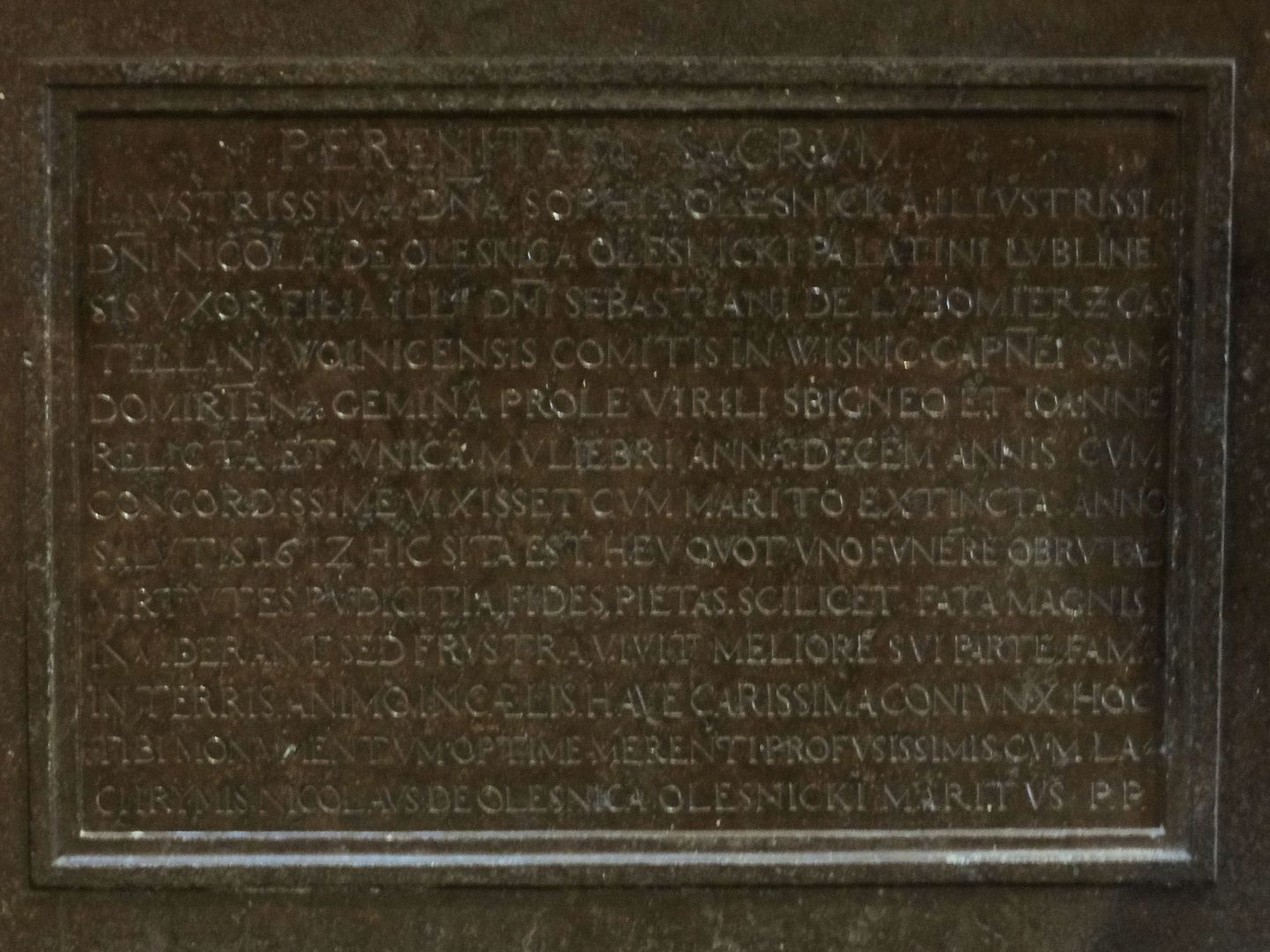Oleśnicki Chapel
6.76

Overview
The Oleśnicki Chapel, located in the Świętokrzyskie region, is an early Baroque structure built between 1611 and 1620 at the initiative of Castellan Mikołaj Oleśnicki, who intended it to serve as a tomb for his family. A significant moment in the chapel's history was the transfer of the relics of the Holy Cross by Abbot Mirecki in 1723.
Architecturally, the chapel has a rectangular shape (12×10 m) and is topped by a radially ribbed dome adorned with 17th-century frescoes. In the central field above the altar, the figure of Christ the Savior is depicted, surrounded by images of the Blessed Virgin Mary, John the Baptist, and the Apostles, with the instruments of their passion placed at their feet. The 1782 paintings by Maciej Reichean allude to the history of the Holy Cross tree.
The chapel features an early Baroque main altar made of Kielce marble, Dębica marble, and alabaster, which houses the relics of the Holy Cross. In the chapel's underground lies a burial crypt containing the coffins of the Oleśnicki family, Abbot Sierakowski, and an unknown January Uprising insurgent from 1863.
Interestingly, the chapel not only served as a tomb but also gained spiritual significance due to the relics kept there, attracting pilgrims. Its architecture and rich painted decor are an important part of the region's cultural heritage and a fascinating example of early Baroque sacred art in Poland.
Location
2025 Wizytor | All Rights Reserved